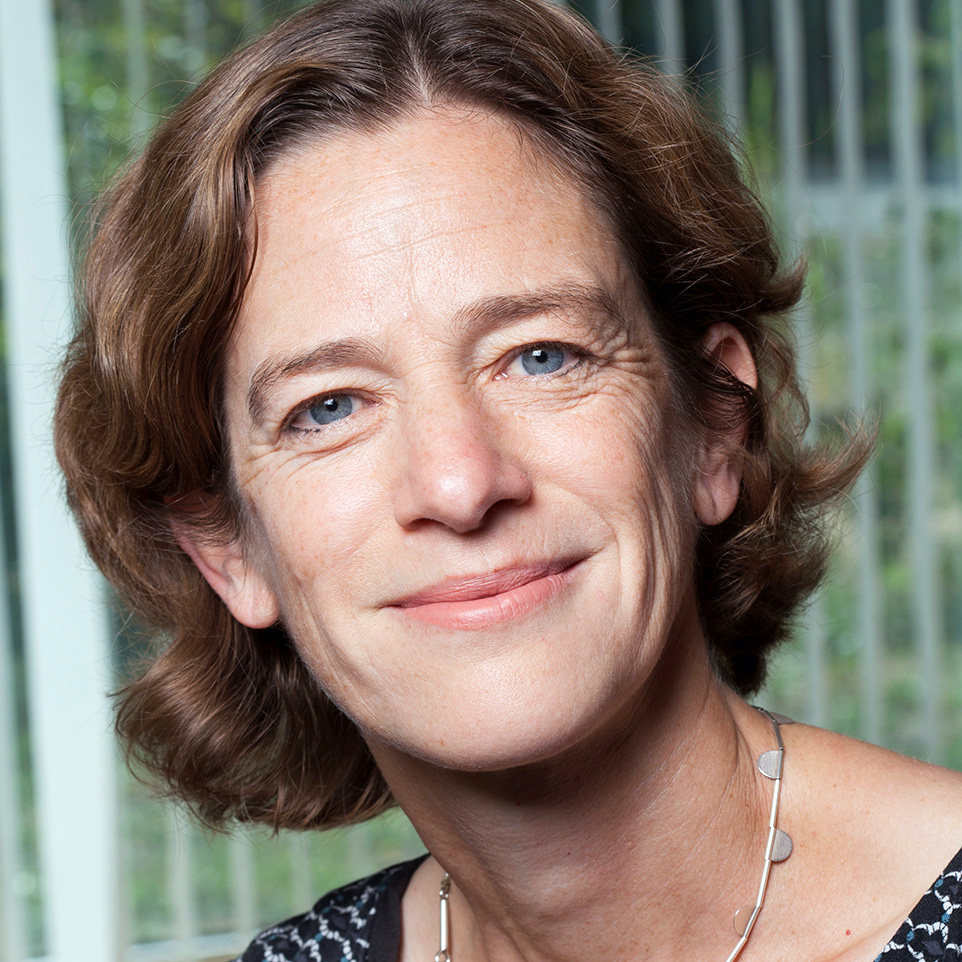Academic round-up

on Jun 24, 2010 at 9:47 pm
On the eve of Elena Kagan’s confirmation hearings, I thought readers might be interested in some of the recent scholarship on the confirmation process.
Political scientists Dion Farganis and Justin Wedeking have just posted an article on SSRN challenging the conventional wisdom that modern Supreme Court nominees are less forthcoming at confirmation hearings than nominees in the past. (This is a view held by Kagan herself, who criticized contemporary nominees’ lack of candor in a 1995 article.) Farganis and Wedeking analyze every exchange between nominees and senators at every confirmation hearing since 1955, and conclude that today’s nominees are asked far more questions, and give more substantive and candid responses, than nominees in the earlier decades studied.
Russell Wheeler, a visiting fellow in Governance Studies at the Brookings Institution, published a study in April 2010 comparing the pace of judicial nominations in the first 14 months of the Bush and Obama administrations. Wheeler’s research shows that Obama has been far slower to nominate candidates during his first 14 months in office than was Bush, making only 56 nominations during that period as compared to Bush’s 97. Wheeler notes that the pace has recently picked up, however. For example, of the 18 circuit court nominations, a third were submitted since January 1, as were close to half of the district court nominations.
A number of articles debate the merits of the “judge-as-umpire†analogy propounded by Chief Justice John Roberts during his confirmation hearings, and contrast that view with President Obama’s statements promoting empathy in judging. Writing in the Cardozo Law Review, Professor Susan Bandes asserts that empathy is an “essential judicial attribute,†and rejects the notion that judges can approach issues as impartial umpires with no preconceptions. In an essay in the Notre Dame Law Review, Ninth Circuit Judge Kim McLane Wardlaw describes the umpire analogy as “counterproductive,†and argues that Justice Benjamin Cardozo’s vision of judicial decision making as inherently discretionary better describes the judicial role. Professor Neil Siegel also rejects the umpire analogy, using the Supreme Court’s case law on race conscious student assignment to make his point. The analogy is defended by Professor Michael Patrick Allen, who argues that the comparison can shed light on the unique judicial role of impartial decision maker.
If Kagan is confirmed, all nine justices will have graduated from Ivy League law schools (and 8 of the 9 from either Harvard or Yale). Patrick Glen has posted an article on SSRN examining the legal education of the justices confirmed between 1902 and 2010. His research shows that “Ivy Legal dominance of the Supreme Court is a relatively recent occurrenceâ€â€”a trend that he argues should be reversed.
Finally, as previously mentioned, Elena Kagan authored an article in 1995 on the confirmation process in which she urged nominees to be more candid with the Senate. We shall see whether she follows her own advice.


